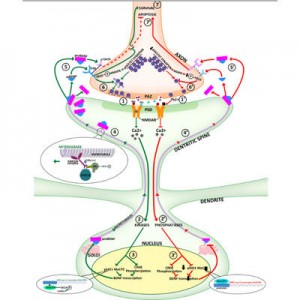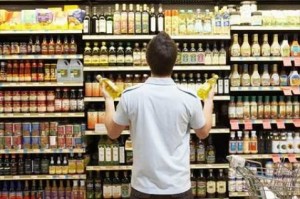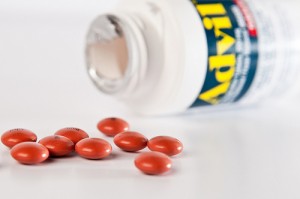What pops into your mind when you hear the word, “asbestos“? I’m sure many of you have heard of its detrimental health effects, but for those of you that have no idea what it is, this is going to be an eye opening post for you.
Until the mid-1960s, this carcinogen was incorporated into products to make it safe due to its strengthening and insulating properties. Its contributions in creating jobs and stimulating the economy in North America and Western Europe has rendered it the “Golden Age of Capital” between 1945-1974.
Alliance in the government, scientific community, as well as insurance companies have minimized the exposure of its danger, but with the high mortality rates in asbestos workers, the lethal effects of the asbestos have traveled far and wide by 1976, evicting fear into citizens living in communities close to asbestos industries.

Asbestos Mine in Vermont. Photo courtesy of Mark Hall.
“In that sense, asbestos is symbolic of modern industrial production and its attendant risks…[it] is one of the ghosts in the machine of 20th century industrailism,” comments Professor McCulloch of the Royal Melbourne Institute of Technology in Australia.
Canada is home to the Belvidere Mountain Asbestos mine, the largest in the world. It was closed down in 1993, and an estimated cleanup cost of $200 million will be necessary to clean up this mine for industrial use.
Is it worth it to clean up the asbestos? Why does it cost so much to clean up? Well, these chyrsotile asbestos fibers are layered with a heavy metal brucite layer which provides it with a unique surface chemistry that contributes to its toxicity. This heavy metal layer mainly composed of magnesium metal interacts with our lung tissues and over years of accumulation, it will cause lethal lung cancers. More information on the health hazards and the details of the brucite layer is available with the podcast below.
Audio clip: Adobe Flash Player (version 9 or above) is required to play this audio clip. Download the latest version here. You also need to have JavaScript enabled in your browser.
Emma’s research into the surface chemistry of asbestos will be important for the future where raising awareness for this issue will be critical for its cleanup. This is unfortunately hampered by corporate and government cover-ups as dipicted in this article here.
Professor McCulloch remarks, “[Asbestos] is probably the greatest pollutant of the last century and its deadly legacy will continue to haunt us for decades to come.”
A more recent debate on the issue of asbestos is in the Vermont area where residents are split on whether the government should superfund to clean up the asbestos mine in the area. On one hand, the government promised to cover the cleanup and its costs t0 ensure the safety of residents. But as we have seen over history and Professor McCulloch’s account, the government is no stranger to give false promises on the asbestos issue.
Regardless of what the government is going to do, one thing is clear; More people must be aware of the dangers of asbestos and the large efforts required to manage this potential hazard.
For more information on chrysotile asbestos and Emma’s research as one of the pioneering researches to raise awareness of this issue, watch the video below.
https://www.youtube.com/watch?v=cQrr_p_gVZE&feature=youtu.be
References:
Debate about superfund: Vermont Residents Debate
Article on asbestos: Global asbestos industry’s deadly scheming exposed
























